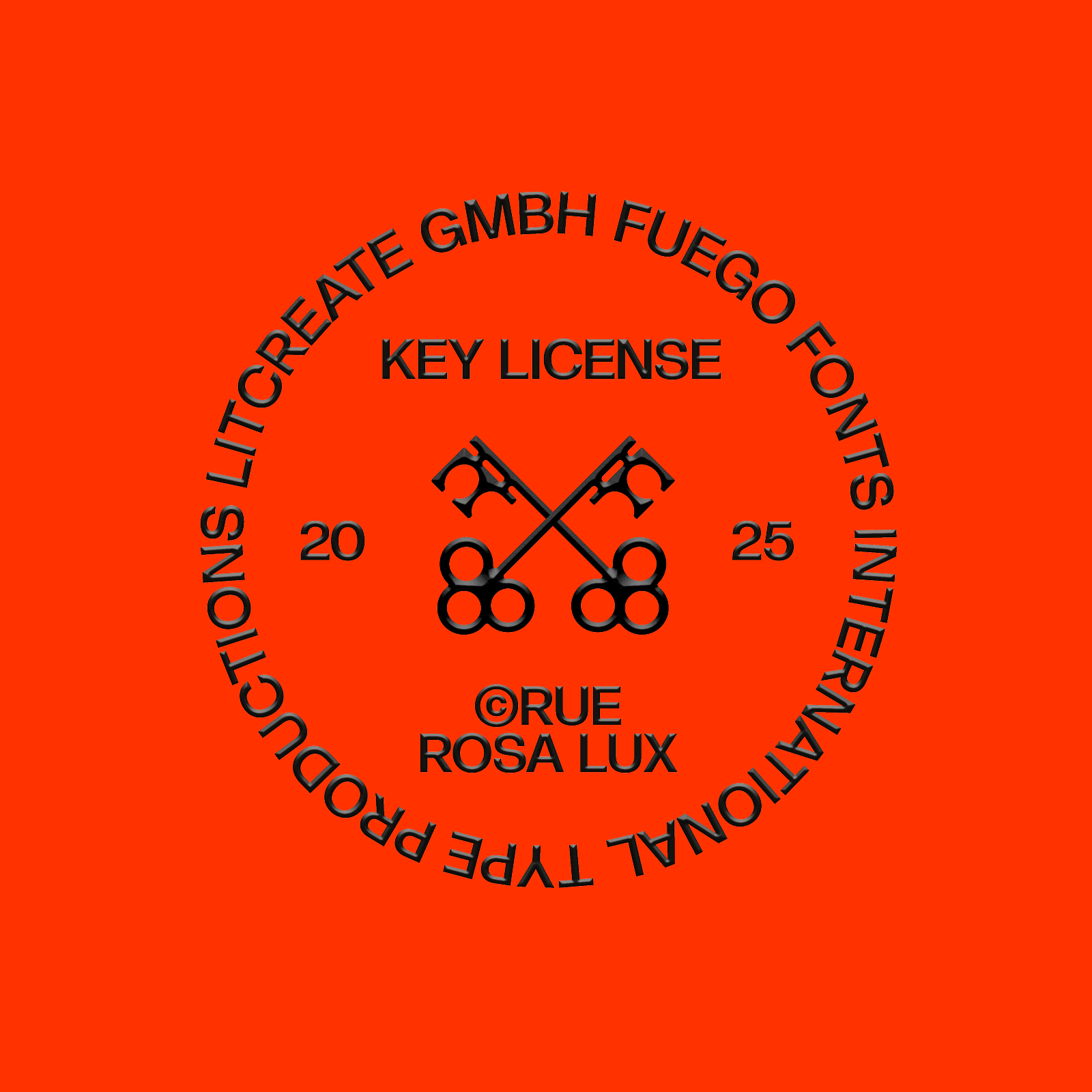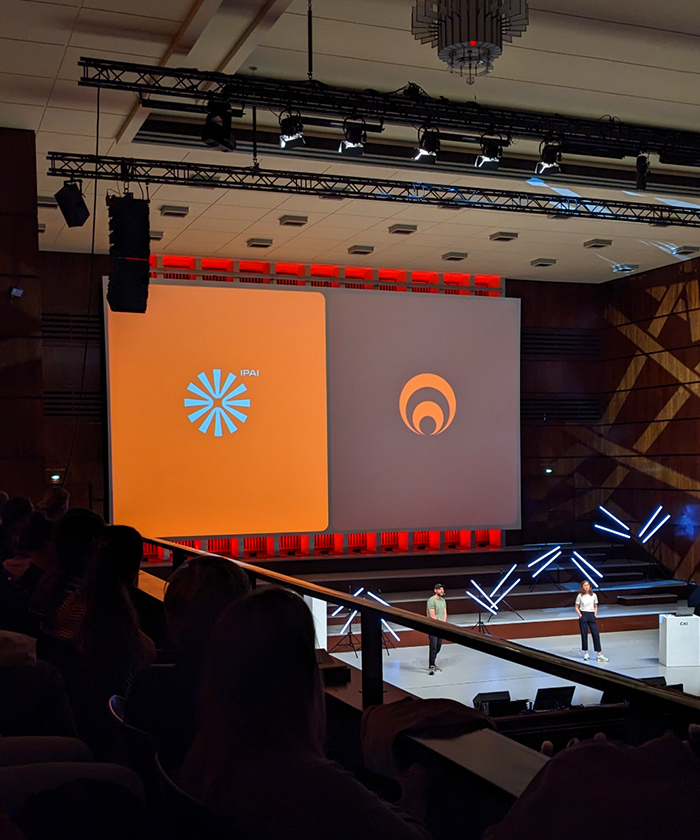Thoughts on: The future of brand guides
Brand guides come in all shapes and sizes. There is no one-size-fits-all. Yet, for many digital-first businesses, the requirements have indeed changed: Not only do they need their guidelines to be dynamic. They need them to allow for co-creation. For the leading logistics platform everstox, we developed an extensive brand guideline directly in Figma – so that designers and developers have everything they need at their fingertips.
We’ve come a long way. From print-out booklets, to PDFs, to online style guides – many businesses have started to roll-out more dynamic ways of brand documentation. And it pays off: Faster updates, higher accessibility, and better consistency are just a few of the many benefits associated with the shift from static to dynamic brand guides.
But in today’s fast-paced world and ever more complex marketing challenges, where brand assets have to be produced at the speed of light, we believe it is often not enough to transform the guideline into a digital product. Instead, it needs to move into the space where things are created. No switching back and forth between programs, no downloading or uploading of individual brand assets. Just copy and paste. Real co-creation. Like building the brand guideline directly in Figma.
The evolution of brand guidelines
What might seem a little unconventional at first, can be a real upgrade for internal design and development teams. Better access, better libraries, better templates, better results, your team is better, you work smarter. For many online heavy businesses, documenting the brand right where a large proportion of it is built, is only a logical evolution.
The evolution of brand guidelines: In the past decade we saw a shift from working with a pre-defined set of rules and formats (mostly PDF) to working with dynamic tools that allow for easier accessibility and constant updating (mostly based on tools like frontify, brandpad, etc.). Today, we see the next phase of the evolution – towards brand guidelines that allow for co-creation by being integrated into the brand building process itself. For our client everstox, the leading logistics-as-a-service provider in Germany, we developed a holistic new brand system, including a new strategy, a wide range of new brand elements, principles and parameters as part of an entirely new experience. But a brand system is only as good as its real-life implementation. Making it easy for anyone working with the brand to understand what it is all about and feel empowered to apply it.
For our client everstox, the leading logistics-as-a-service provider in Germany, we developed a holistic new brand system, including a new strategy, a wide range of new brand elements, principles and parameters as part of an entirely new experience. But a brand system is only as good as its real-life implementation. Making it easy for anyone working with the brand to understand what it is all about and feel empowered to apply it.


With their product and marketing activities being online for the most part, they develop all of their assets in Figma. So, the new everstox brand guide was placed right there. Providing clear benefits: a dynamic framework, an easily accessible brand library that provides the essential rules of application and can be open to the public, simultaneous collaborative work, smooth integration of videos and animations.
Importantly, a Figma brand guide is an excellent option, or could even become the new standard – especially for brands with mainly digital products and marketing activities. Yet, it is definitely not a panacea for solving all the known issues in brand building and guideline adaption. Inspiration around the new brand strategy and design, onboarding sessions and trainings, as well as effective implementation processes – all those elements still need to be in place. At best, equally dynamic and co-created.

Thoughts on: The future of brand guides
Brand guides come in all shapes and sizes. There is no one-size-fits-all. Yet, for many digital-first businesses, the requirements have indeed changed: Not only do they need their guidelines to be dynamic. They need them to allow for co-creation. For the leading logistics platform everstox, we developed an extensive brand guideline directly in Figma – so that designers and developers have everything they need at their fingertips.



We’ve come a long way. From print-out booklets, to PDFs, to online style guides – many businesses have started to roll-out more dynamic ways of brand documentation. And it pays off: Faster updates, higher accessibility, and better consistency are just a few of the many benefits associated with the shift from static to dynamic brand guides.
But in today’s fast-paced world and ever more complex marketing challenges, where brand assets have to be produced at the speed of light, we believe it is often not enough to transform the guideline into a digital product. Instead, it needs to move into the space where things are created. No switching back and forth between programs, no downloading or uploading of individual brand assets. Just copy and paste. Real co-creation. Like building the brand guideline directly in Figma.


The evolution of brand guidelines
What might seem a little unconventional at first, can be a real upgrade for internal design and development teams. Better access, better libraries, better templates, better results, your team is better, you work smarter. For many online heavy businesses, documenting the brand right where a large proportion of it is built, is only a logical evolution.
The evolution of brand guidelines: In the past decade we saw a shift from working with a pre-defined set of rules and formats (mostly PDF) to working with dynamic tools that allow for easier accessibility and constant updating (mostly based on tools like frontify, brandpad, etc.). Today, we see the next phase of the evolution – towards brand guidelines that allow for co-creation by being integrated into the brand building process itself. For our client everstox, the leading logistics-as-a-service provider in Germany, we developed a holistic new brand system, including a new strategy, a wide range of new brand elements, principles and parameters as part of an entirely new experience. But a brand system is only as good as its real-life implementation. Making it easy for anyone working with the brand to understand what it is all about and feel empowered to apply it.
For our client everstox, the leading logistics-as-a-service provider in Germany, we developed a holistic new brand system, including a new strategy, a wide range of new brand elements, principles and parameters as part of an entirely new experience. But a brand system is only as good as its real-life implementation. Making it easy for anyone working with the brand to understand what it is all about and feel empowered to apply it.
With their product and marketing activities being online for the most part, they develop all of their assets in Figma. So, the new everstox brand guide was placed right there. Providing clear benefits: a dynamic framework, an easily accessible brand library that provides the essential rules of application and can be open to the public, simultaneous collaborative work, smooth integration of videos and animations.
Importantly, a Figma brand guide is an excellent option, or could even become the new standard – especially for brands with mainly digital products and marketing activities. Yet, it is definitely not a panacea for solving all the known issues in brand building and guideline adaption. Inspiration around the new brand strategy and design, onboarding sessions and trainings, as well as effective implementation processes – all those elements still need to be in place. At best, equally dynamic and co-created.
More blog posts
Launched: The Impact Intelligence Brand

Live and lit: Fuego Fonts

